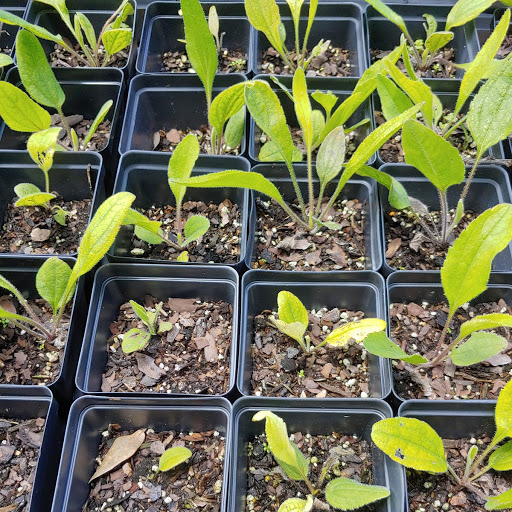It's Always A Good Time to Plant
Short's aster - Symphyotrichum shortii Green eyes - Berlandiera subacaulis Softhair coneflower - Rudbeckia mollis We've had more than 4 inches of rain over the past few days after a month of virtually none. Today, with the soil moist once more, made it a good day to plant. I've been growing a number of plants in the Asteraceae in my hobby nursery, Hawthorn Hill, with this purpose in mind. Asters are the best overall plants doe pollinators and I've never been satisfied with the few choices that have been ofered by the commercial native plant nurseries. My hobby, coupled with my new blank slate of a landscape is permitting me to experiment with a number of species that are not routinely offered by others - some that have never been as far as I know. If these are successful, they will add to the species that I can offer others in the future and while they grow they offer me firsthand experience in what they might require in a landscape. Plants in landscapes
